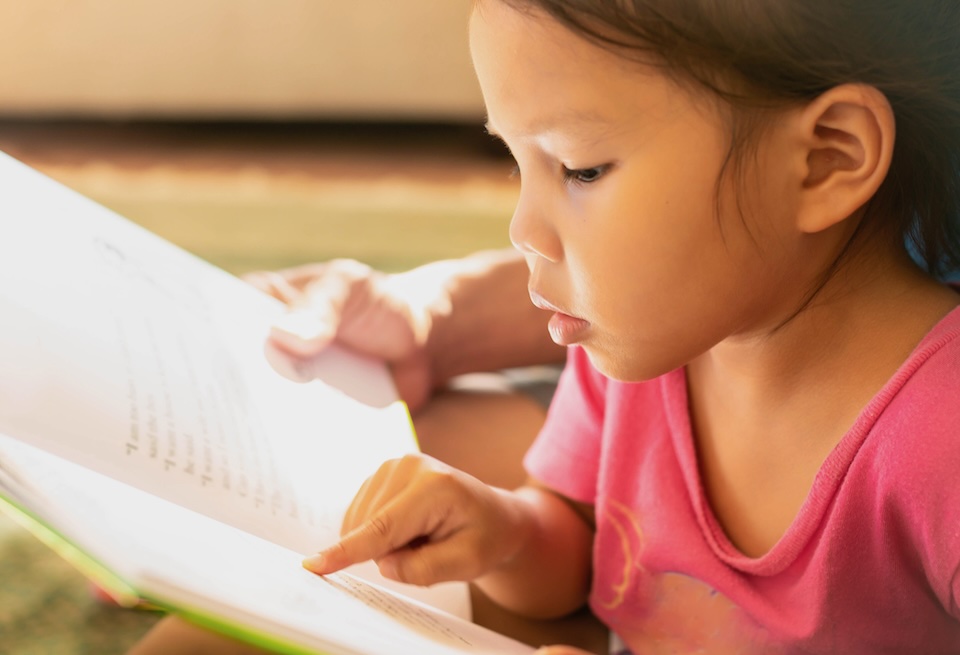Dyslexia is a common learning disability affecting how individuals process written language. It is important to identify dyslexia signs early in life to provide appropriate support and interventions.
However, the signs of dyslexia may vary depending on the individual’s age. Keep reading to learn more about the signs of dyslexia at different stages of development, from preschool to adulthood.
Signs of Dyslexia at Different Ages
Dyslexia can be challenging to detect in young children as they are still developing their language skills. However, there might be certain indicators that set them apart from their peers, such as:
- Difficulty with Nursery Rhymes: Children with dyslexia might find it challenging to recite nursery rhymes or remember the order of words, often struggling to distinguish between sounds.
- Mispronunciation of Words: Persistent difficulty in pronouncing words correctly, even after repeated corrections, could be an early sign of dyslexia.
- Difficulty Learning the Alphabet: Struggling to learn the alphabet or confusing similar-looking letters, such as ‘b’ and ‘d’, is another possible indication
Dyslexia Signs in Primary School (Ages 6-12)
- Difficulty with Nursery Rhymes: Children with dyslexia might find it challenging to recite nursery rhymes or remember the order of words, often struggling to distinguish between sounds.
- Mispronunciation of Words: Persistent difficulty in pronouncing words correctly, even after repeated corrections, could be an early sign of dyslexia.
- Difficulty Learning the Alphabet: Struggling to learn the alphabet or confusing similar-looking letters, such as ‘b’ and ‘d’, is another possible indication.
Looking to build reading comprehension? Check out these tips and tricks.
Dyslexia Signs in Teenage Years (Ages 13-18)
During adolescence, the impact of dyslexia on academic performance can become more pronounced, affecting various subjects:
- Difficulty with Comprehension: Understanding complex texts or following lengthy instructions can be challenging for dyslexic teenagers.
- Poor Organizational Skills: Dyslexia can lead to difficulties in organizing thoughts and managing time, affecting homework completion and study habits.
- Low Self-Esteem: Struggling with academics may result in lowered self-esteem and increased feelings of frustration and inadequacy.
Dyslexia Signs in Adulthood (Ages 18+)
While dyslexia may continue into adulthood, individuals often develop coping strategies that mask the condition:
- Career Challenges: Dyslexia can affect job performance, particularly in tasks involving written communication or reading-heavy responsibilities.
- Difficulty with Forms and Paperwork: Filling out forms or handling paperwork may still be problematic due to reading and writing challenges.
Memorization Struggles: Individuals with dyslexia might find it challenging to memorize information, impacting various aspects of daily life.
Identifying Signs and Symptoms of Dyslexia
Identifying signs of dyslexia at different ages is crucial for providing timely support and interventions. If you notice any of the mentioned signs in yourself or someone you know, seeking a comprehensive assessment by a qualified professional is essential. Early diagnosis and tailored educational approaches can help dyslexic individuals unlock their true potential and thrive in both academic and personal pursuits.
Remember, dyslexia does not define a person’s intelligence; it’s just a unique way of processing information that can be overcome with the right support.
To learn more about dyslexia, visit The American Dyslexia Association.
Find Dyslexia Support at GradePower Learning
GradePower Learning can help you or your child with dyslexia. Everyone learns in their own unique way. As a result, education should be tailored to different skills and learning styles. GradePower Learning tutors build students’ confidence and grasp of topic content.
Contact a location near you to learn more.





